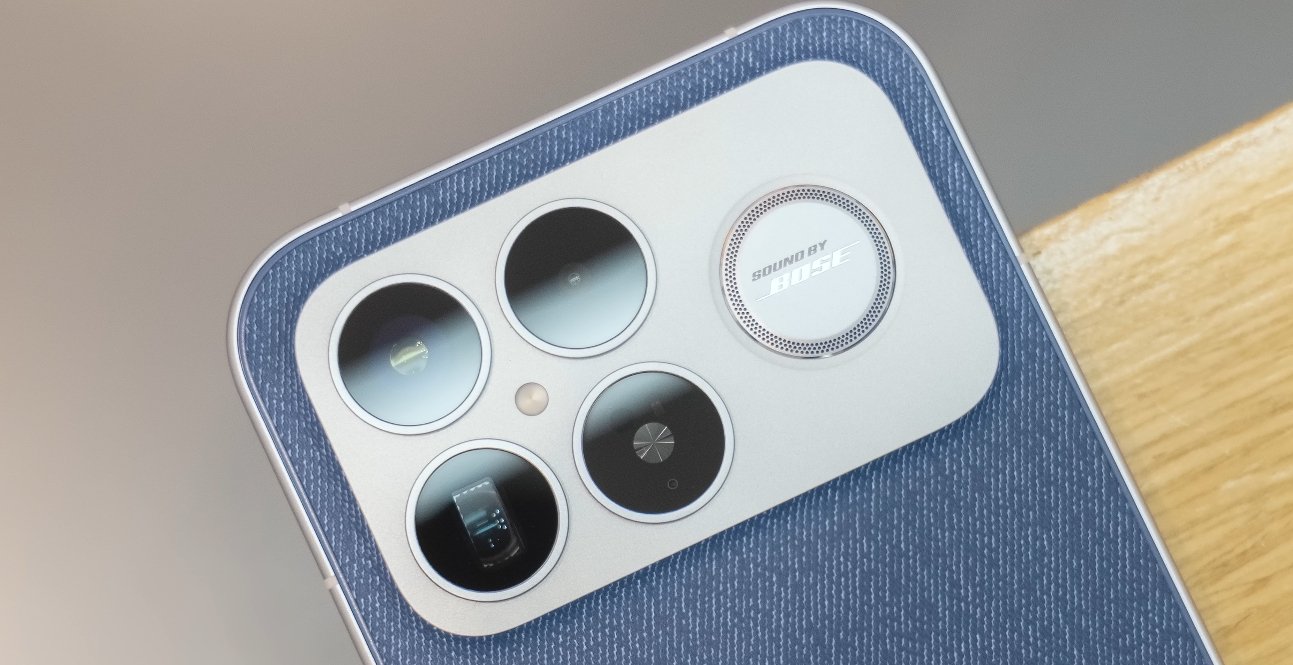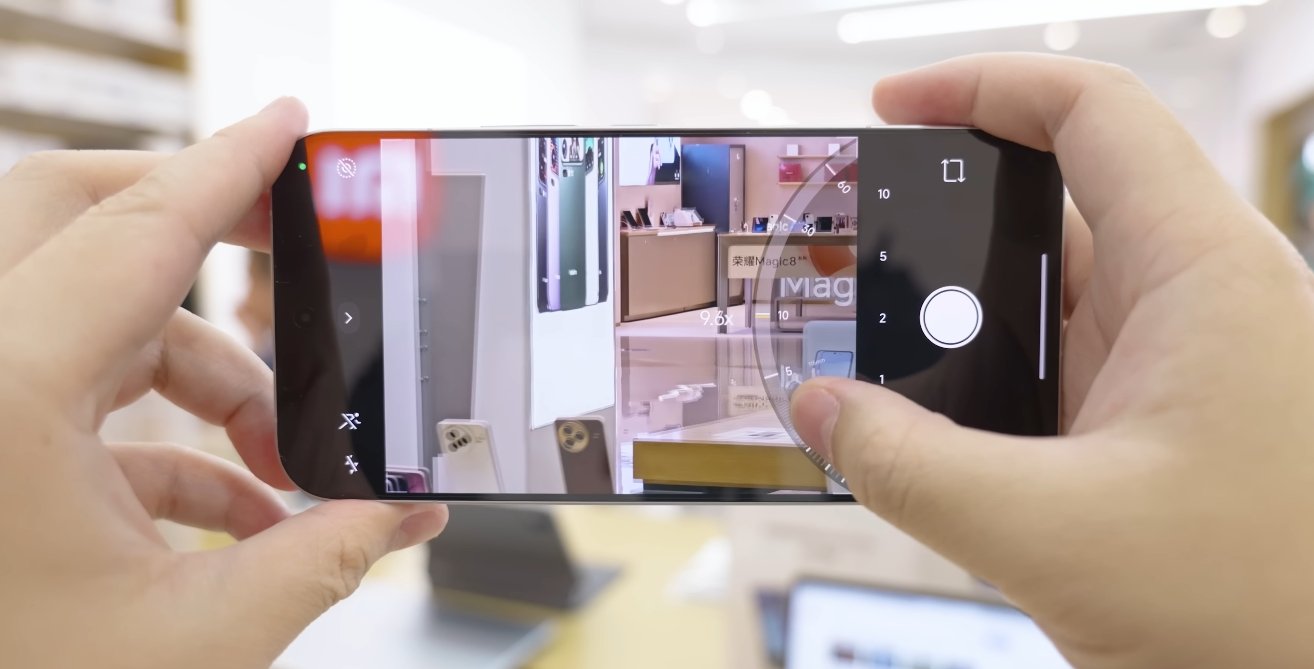Exploring telephoto precision in New Zealand’s scenic landscapes
The Redmi K90 Pro Max has quickly become one of the most talked-about smartphones in the photography community, thanks to its combination of a powerful sensor array and an impressive 5× optical zoom lens. For users in New Zealand, where natural scenery plays a central role in outdoor photography, this telephoto capability offers a new level of creative control. From sweeping coastal cliffs to rugged mountain ranges, the phone’s optical zoom gives photographers the ability to capture distant details with clarity that rivals dedicated cameras.
Unlike digital zoom, which crops and enlarges an image digitally at the cost of quality, the 5× optical zoom on the Redmi K90 Pro Max uses an advanced periscope lens mechanism that physically extends the optical path. This allows for true magnification without degrading resolution or sharpness. In New Zealand’s diverse geography—ranging from the Fiordland’s fjords to the Canterbury Plains—this distinction matters. Photographers can isolate subjects like distant ridgelines, waterfalls, or boats on the horizon while maintaining the image’s original integrity and depth.
In practice, this telephoto system excels under bright daylight or balanced lighting conditions. When photographing the Southern Alps or the rocky coastlines of the North Island, users will notice exceptional crispness in texture and contrast. Fine details such as the granularity of rocks or the outlines of trees against the sky remain defined even when zoomed in at 5×. The optical stabilization built into the camera also helps minimize motion blur, an essential advantage when shooting handheld on windy coastal tracks or during hikes where tripods aren’t practical.

However, like most smartphone telephoto systems, the Redmi K90 Pro Max’s 5× lens faces limitations in low light or heavily overcast conditions. The narrower aperture inherent to periscope lenses means less light reaches the sensor, increasing the risk of noise or slight softness. This is especially noticeable at dawn, dusk, or in shaded valleys typical of New Zealand’s mountainous regions. In these scenarios, using a steady support or switching to night mode can significantly improve results. Users should also keep ISO values as low as possible to maintain detail and color accuracy.
Compositionally, the 5× optical zoom transforms how photographers frame landscapes. Instead of relying solely on wide vistas, the zoom allows selective storytelling—focusing on the sharp crest of a snowy peak, a lighthouse perched on a distant cliff, or sheep grazing in terraced hills. The optical compression effect from the telephoto lens visually brings distant layers closer together, creating a sense of depth and drama unique to tele photography. In New Zealand’s landscape photography scene, where both intimacy and grandeur define imagery, this ability to vary perspective adds a powerful tool for creativity.
Wildlife and ethical nature photography also benefit from the 5× optical zoom. Birdwatchers and conservation photographers can capture native species such as the kea or tui without intruding on their space. The optical reach enables detailed, respectful documentation of animals in their natural habitat, a practice aligned with New Zealand’s strong environmental ethos. Similarly, travel photographers can frame architectural details or cultural landmarks like Wellington’s Beehive or Christchurch’s heritage buildings from a distance, maintaining natural compositions without needing close access.
From a technical standpoint, mastering the zoom requires thoughtful handling. The phone’s AI algorithms balance color and tone well, but photographers should manually adjust exposure when shooting into the sun or across bright water reflections. Using burst mode helps in capturing multiple sharp frames, especially when shooting handheld at full zoom. For post-processing, the high-resolution RAW files retain flexibility for enhancing contrast and removing chromatic aberrations, particularly in high-contrast scenes such as snowy peaks under blue skies.
Despite its strengths, the Redmi K90 Pro Max’s telephoto performance won’t replace professional cameras for large-scale landscape prints or extreme dynamic range demands. The smaller sensor size still limits highlight recovery compared to DSLRs or mirrorless cameras. Nonetheless, for travel-friendly landscape work, social media content, or quick on-the-go compositions, the phone delivers performance that far exceeds expectations for its class. The ability to carry a compact device capable of true optical zooming gives New Zealand photographers a practical edge without compromising portability.
In conclusion, the Redmi K90 Pro Max’s 5× optical zoom is a standout feature for anyone passionate about capturing the richness of New Zealand’s landscapes. It provides versatility, clarity, and compositional depth that redefine smartphone photography in outdoor environments. Whether documenting the serenity of Lake Tekapo, the volcanic landscapes of Tongariro, or the dramatic coastline of Piha, users can rely on the K90 Pro Max to produce sharp, vibrant results. While there are minor trade-offs in low light, the phone’s combination of advanced optics and intelligent processing makes it a powerful tool for both amateur and professional landscape photographers. For those who love New Zealand’s natural beauty, the Redmi K90 Pro Max’s telephoto system offers an exciting way to bring distant horizons into clear, stunning focus.

